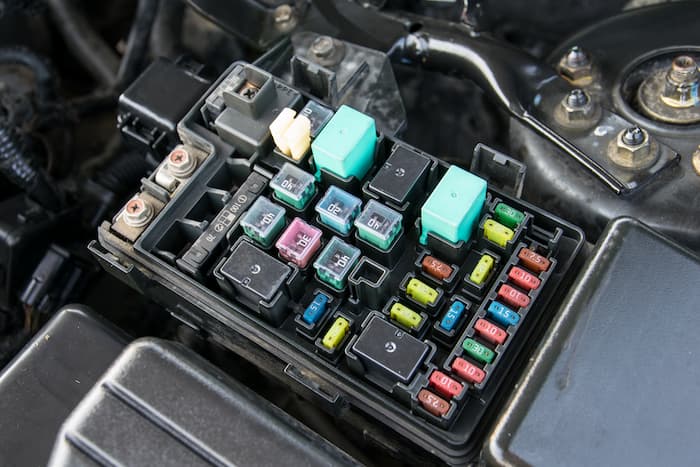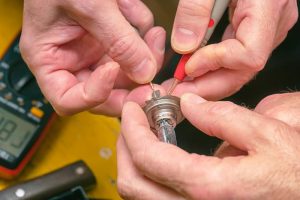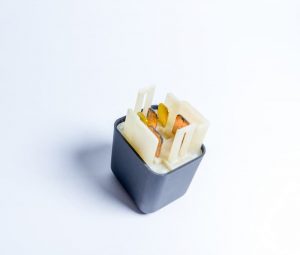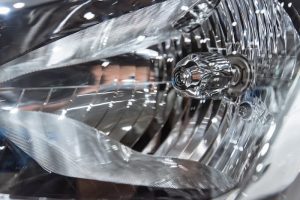Fuses protect every electrical component, including the headlights, in your car. If too much power passes through them, these are expected to “blow” and break the circuit. This safeguards every element of the circuit. The headlights can stop functioning if a fuse for them blows. Most headlamp systems also use a relay that alternately powers high and low beam headlights. If this relay malfunctions, just the high beams may receive electricity. Still, you would need to fix your bad headlight relay.
You may have blown your headlight fuse if both headlights suddenly stop functioning for no apparent reason. Even if you could pay a mechanic a lot of money to fix this small problem with your car, you might think of this as a do-it-yourself project. You can do it yourself and save money by replacing a headlight fuse because it is a straightforward process that requires minimal time and effort. Where is the headlight fuse?
Headlight fuse location
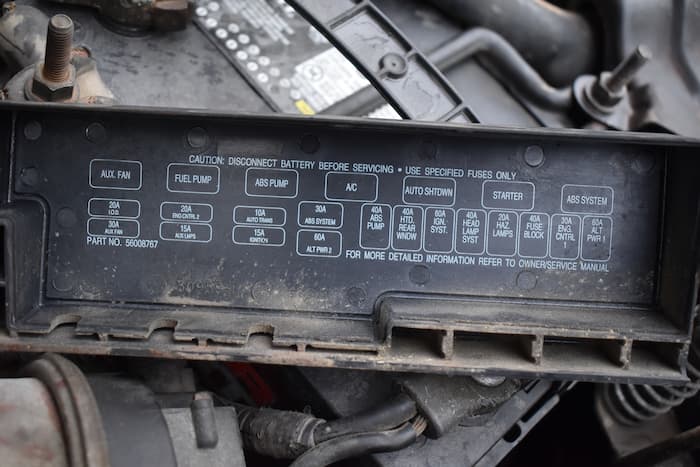
Each manufacturer handles it differently, depending on the car make, model, and year of production. The fuse box will house the fuses. As previously indicated, this differs for different models. You will need to consult the vehicle’s owner’s manual. Look in the trunk, behind the central ashtray, the glove box, a panel, the dashboard, and under the hood.
Some modern vehicles don’t have separate fuses for each light. A Body Control Module, sometimes known as a General Control Module, is responsible for controlling the lighting. Electronics with current limiting and lamp failure detection are used to switch them. Ultimately, each BCM or GCM has its fuse to protect them.
How to change the headlight fuse – headlight fuse replacement guide
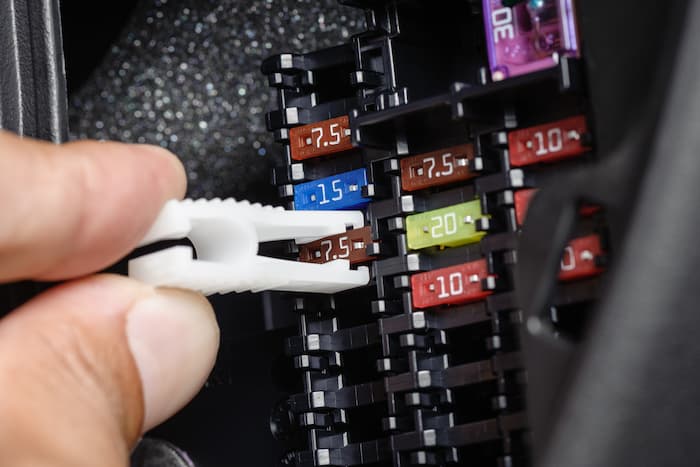
Step 1
To locate your car’s fuse box, see its owner’s manual. Using a manual will make it easier to discover the correct box with the headlight fuse information because many contemporary cars have many fuse boxes. Whether your owner’s manual is missing, see if the automaker has one for your make and model uploaded for free on their website. You might contact the manufacturer or ask your neighborhood auto parts store for a copy. You can also
Step 2
To access the fuses, pop off or unscrew the fuse box’s top. Remove the old fuse by firmly holding it between two fingers and tugging upwards or outwards. If it is stiff, jiggle a little side to side rather than attempting to force it. Visit an auto parts store with the fuse in hand for comparison. To find a replacement fuse for your car, ask a store employee.
Put the new fuse in the existing outlet to replace the old one. Fuse prongs should be lined up and firmly pushed in. To prevent the fuse from blowing, don’t press too firmly. Try using your headlights to check if something is in the right spot. To properly seat the fuse, try taking it out and pressing it back in if the headlights are still not working.
How to test a car fuse box for a current
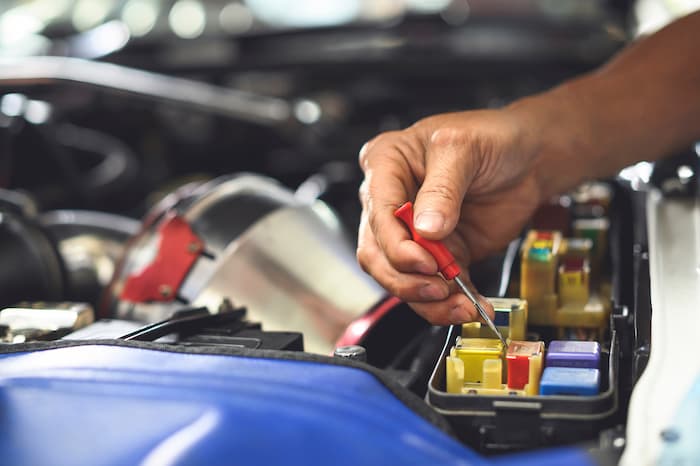
Two fuse boxes are regular in a car. One is for the electrical requirements of the motor and is in the engine compartment, while the other is for accessories and lights inside the vehicle’s cab. Fuses shield each circuit from overabundant amps that could harm the components. Finding the problematic connection requires trial and error when troubleshooting an electrical fault. Using a 12-volt test light, one location to test is the connections in the fuse boxes.
Step 1
With your hand, pull back the lock on the front panel of the fuse box.
Step 2
Without starting the engine, turn the ignition to the “power on” position.
Step 3
Attach the alligator clip of the 12-volt test light to any bare metal near the fuse box. A bolt is a suitable anchor.
Step 4
Use the test light probe to contact the exposed metal on top of each fuse. If the 12-volt test light turns on, the connection has current flowing through it. Contact the exposed metal inside each fuse holder if you want to find a spare fuse position with a current.
Conclusion
While a bad headlight fuse or relay might be a reason for your dimmed headlights, it’s not always the case. Sometimes, the reason why your car headlights maynot be illuminating as bright as they should is as a result of an oxidized headlight lens or a bad bulb entirely. If it’s as a result of oxidized headlight lenses, the most viable solution is to restore the lenses using a headlight restoration kit. The wipes contained in each restoration pack is made with a unique solution that helps dissolve dirt, grits, moisture, and other particles that could cause cloudiness on your car’s Headlight lenses.

